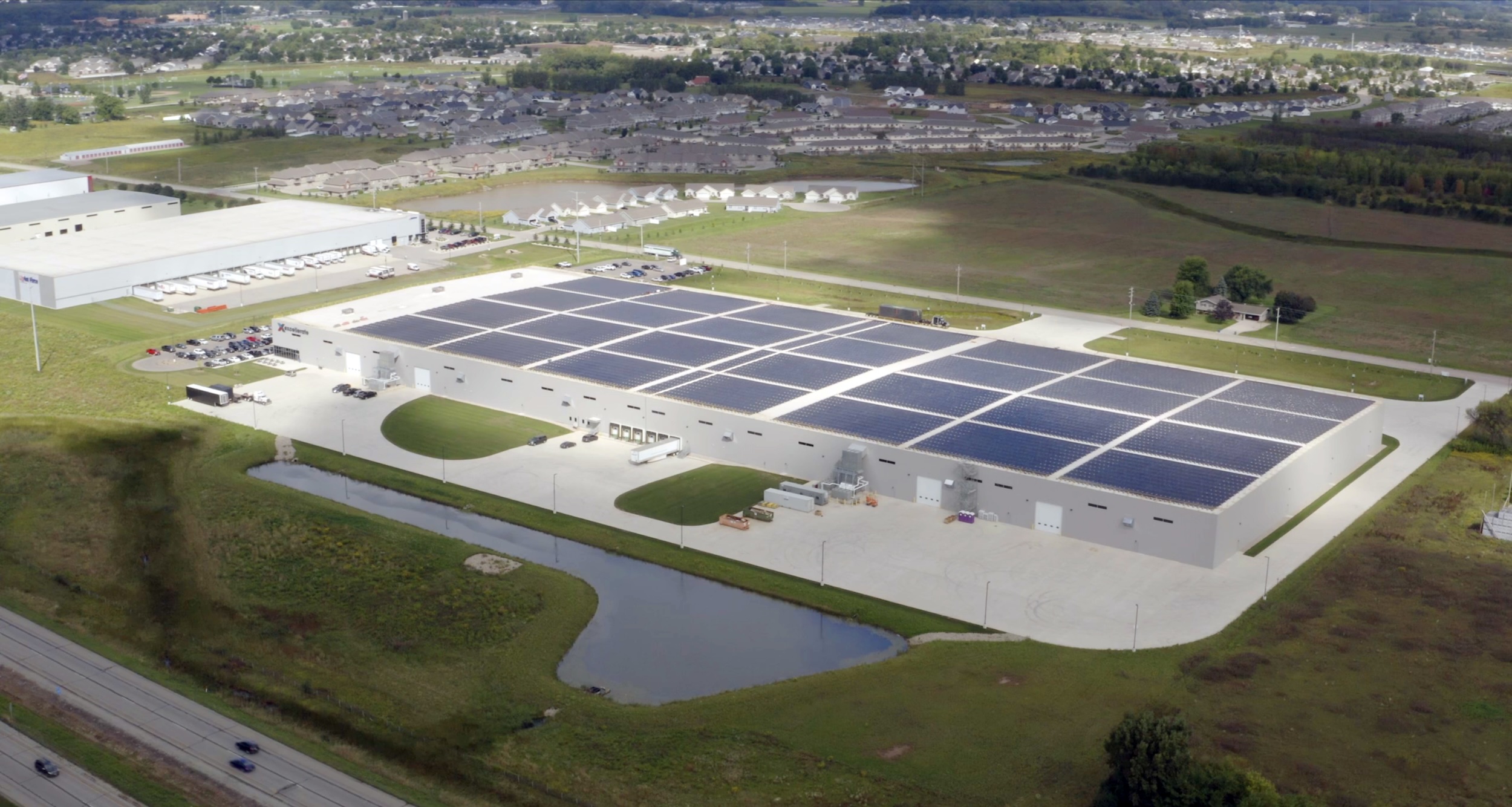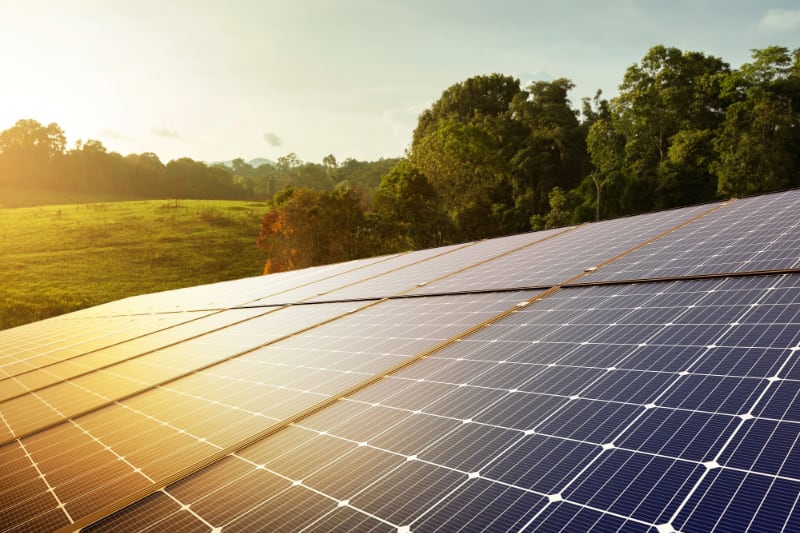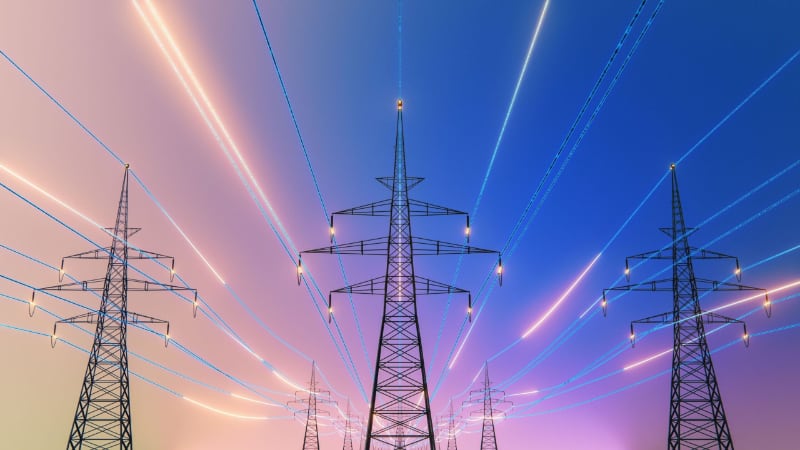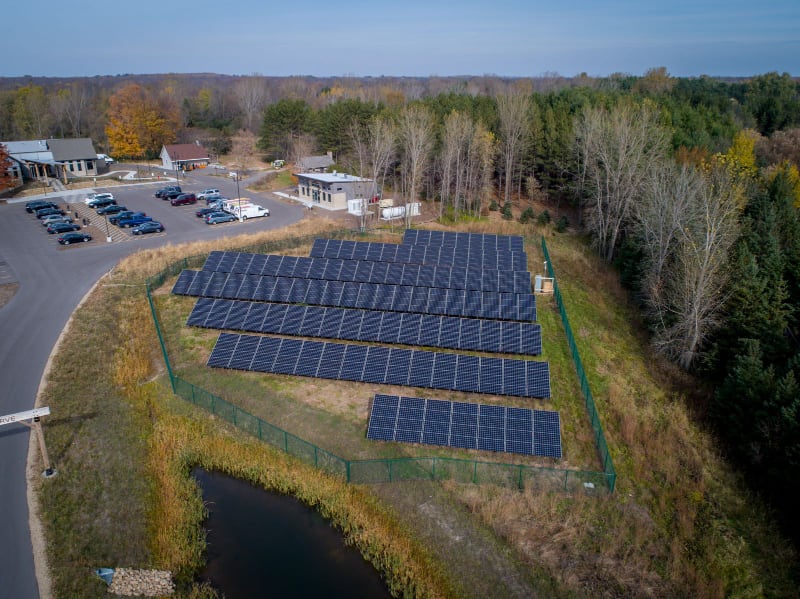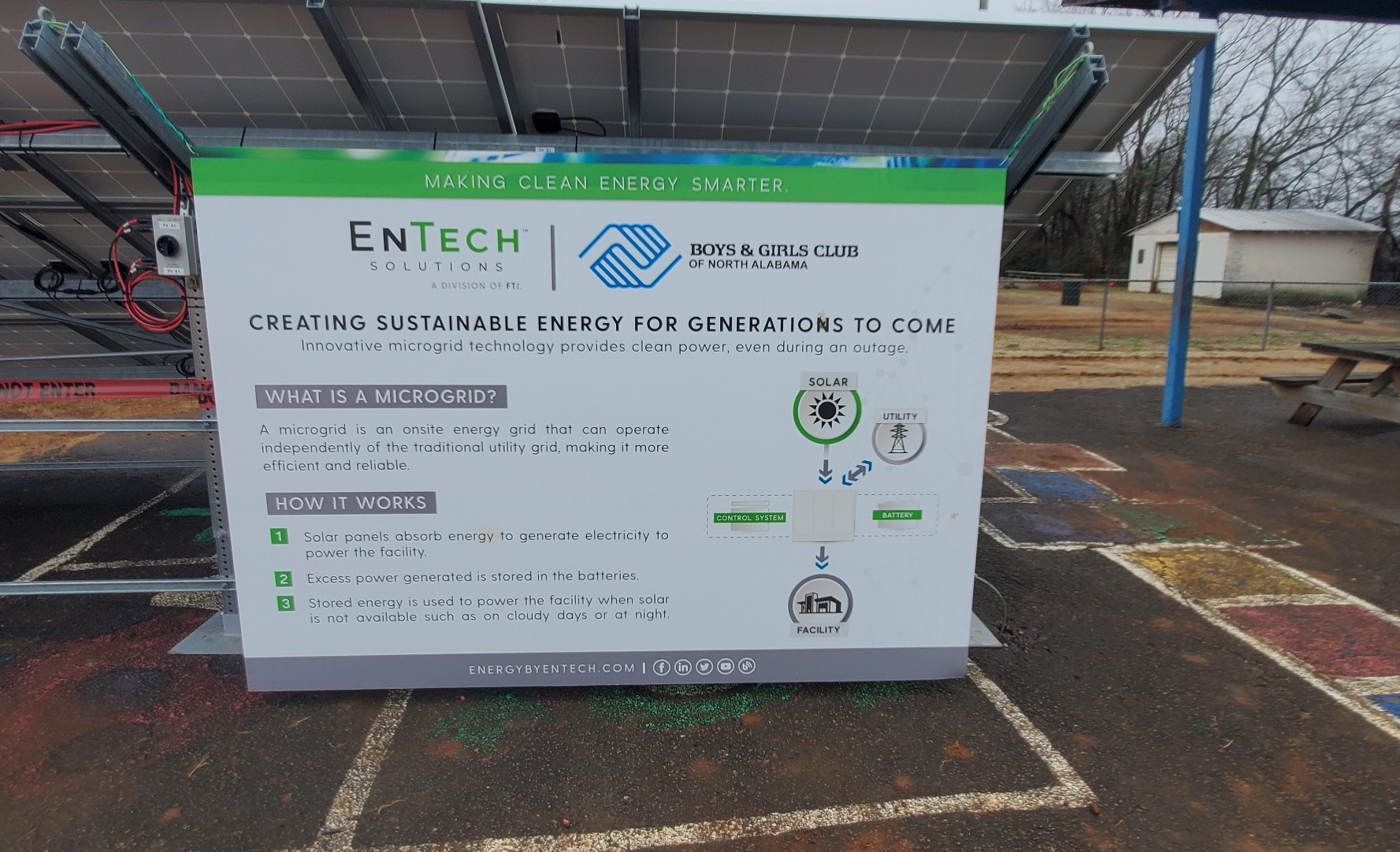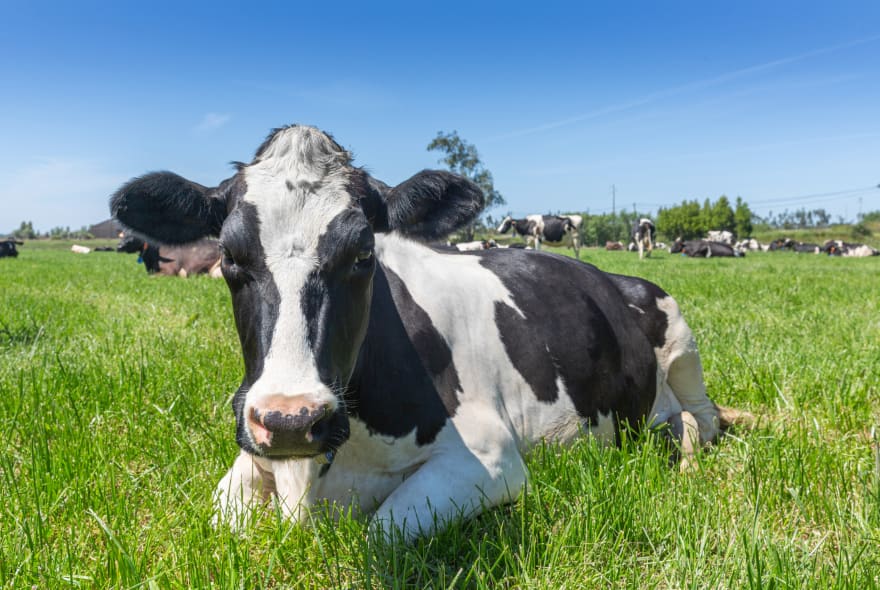
(Co-authored by Mark Inkrott, co-founding partner of UpField Group.)
Renewable energy adoption on dairy farms is a growing trend within the agriculture sector, and for good reason. Data suggests that not only does clean energy usage on farms reduce greenhouse gas emissions, but according to organizations like Farmers for Sustainable Foods, the quality of production is increased.
As concerns about climate change continue to grow, more and more businesses are looking for ways to reduce their carbon footprint and become more sustainable. The dairy industry is keenly focused on this, and dairy farms in particular have a significant role to play in the move to cleaner energy use.
How Dairy Farms Can Transition to and Produce Clean Energy
Dairy farms are major consumers of energy, with milk production, processing and distribution all requiring significant amounts of electricity and fossil fuels. But there are a number of steps that farmers can take to reduce their reliance on traditional energy sources and move toward cleaner, more sustainable alternatives.
- Solar Power – One of the most promising options for dairy farms is to install solar panels on their roofs or in nearby fields. Solar power is becoming increasingly affordable and efficient and can provide a significant portion of a farm’s energy needs. Additionally, in many areas, farmers can sell excess power back to the grid, providing an additional source of income.
- Wind Power – In areas with sufficient wind resources, installing wind turbines can also be a viable option. While wind turbines are more expensive to install than solar panels, they can produce more energy per unit and are more consistent in their output. Wind power can be especially useful for powering larger equipment, such as milking machines or refrigeration units.
- Energy Efficiency – Before investing in renewable energy sources, dairy producers should first look for ways to reduce their energy consumption. Simple steps like switching to LED light bulbs, upgrading to energy-efficient equipment and insulating buildings can all make a significant difference in energy usage.
- Biogas – Most dairy farms produce large amounts of organic waste, such as manure, which can be converted into biogas through anaerobic digestion. Biogas can then be used to generate electricity, heat buildings or even fuel vehicles. This not only reduces the farm’s reliance on fossil fuels, but also provides a way to dispose of organic waste in an environmentally friendly manner. In addition, installation of a renewable energy microgrid to power a digester can significantly reduce the carbon intensity (CI) score of the gas being produced.
- Electric Vehicles – As the technology for electric vehicles continues to improve, farmers may find it worthwhile to invest in electric trucks, tractors and other vehicles. While electric vehicles can be more expensive up front than their fossil-fueled counterparts, they are much cheaper to operate over the long term and can help to further reduce a farm’s carbon footprint.
Overall, the path to cleaner energy use on a dairy farm requires a combination of energy efficiency measures and investment in renewable energy sources. While there are upfront costs involved, these investments can pay off in the long run through lower energy bills, reduced carbon emissions and a more sustainable future for both the farm and the planet. Contact FTI today to get started on your farm’s clean energy journey.
If you enjoyed this blog article, please subscribe to stay up to date on the latest industry news from our experts at FTI.



